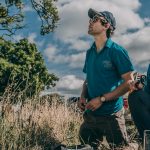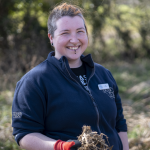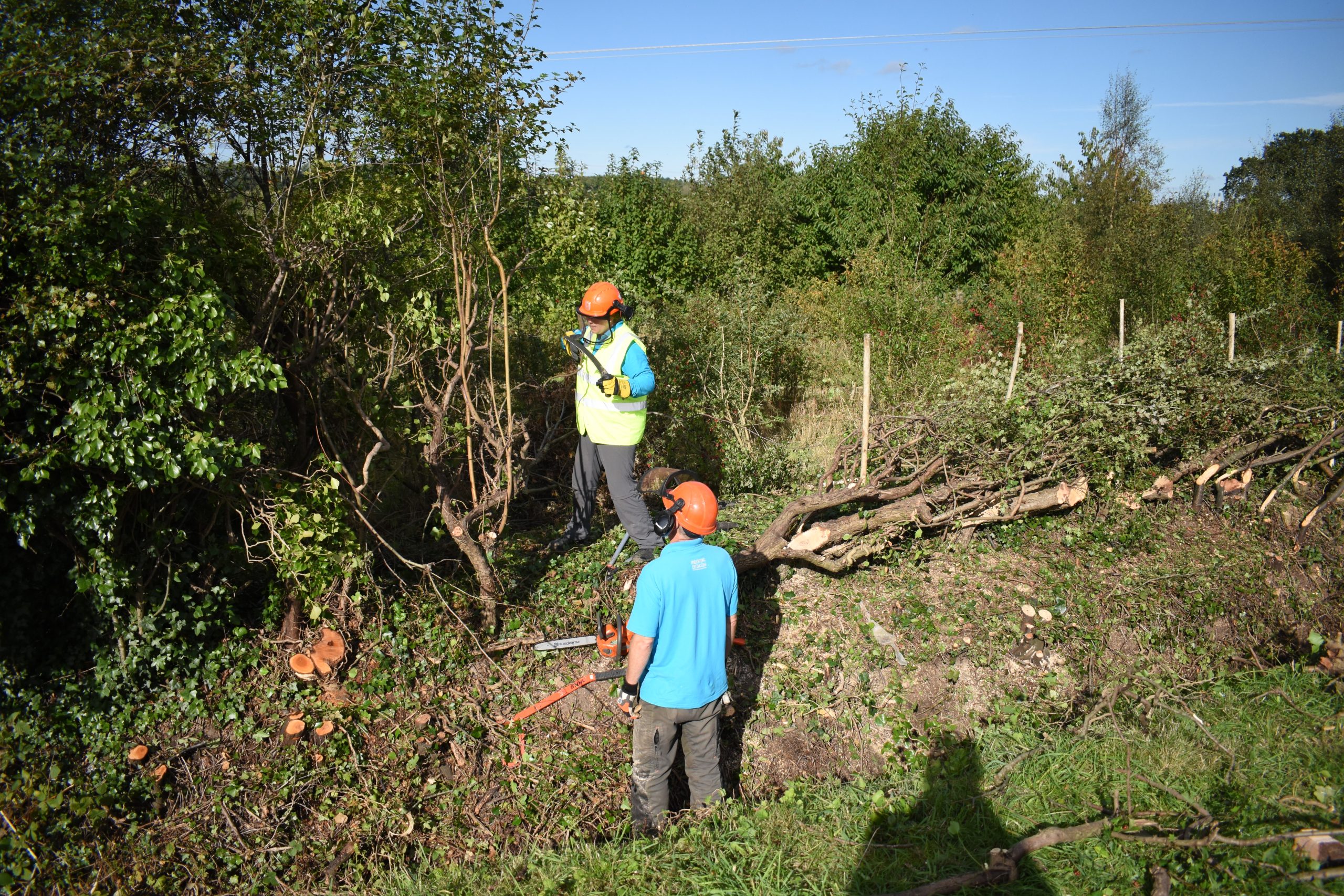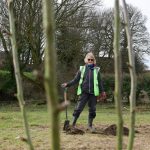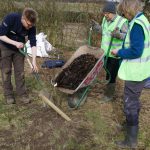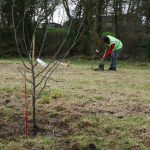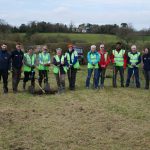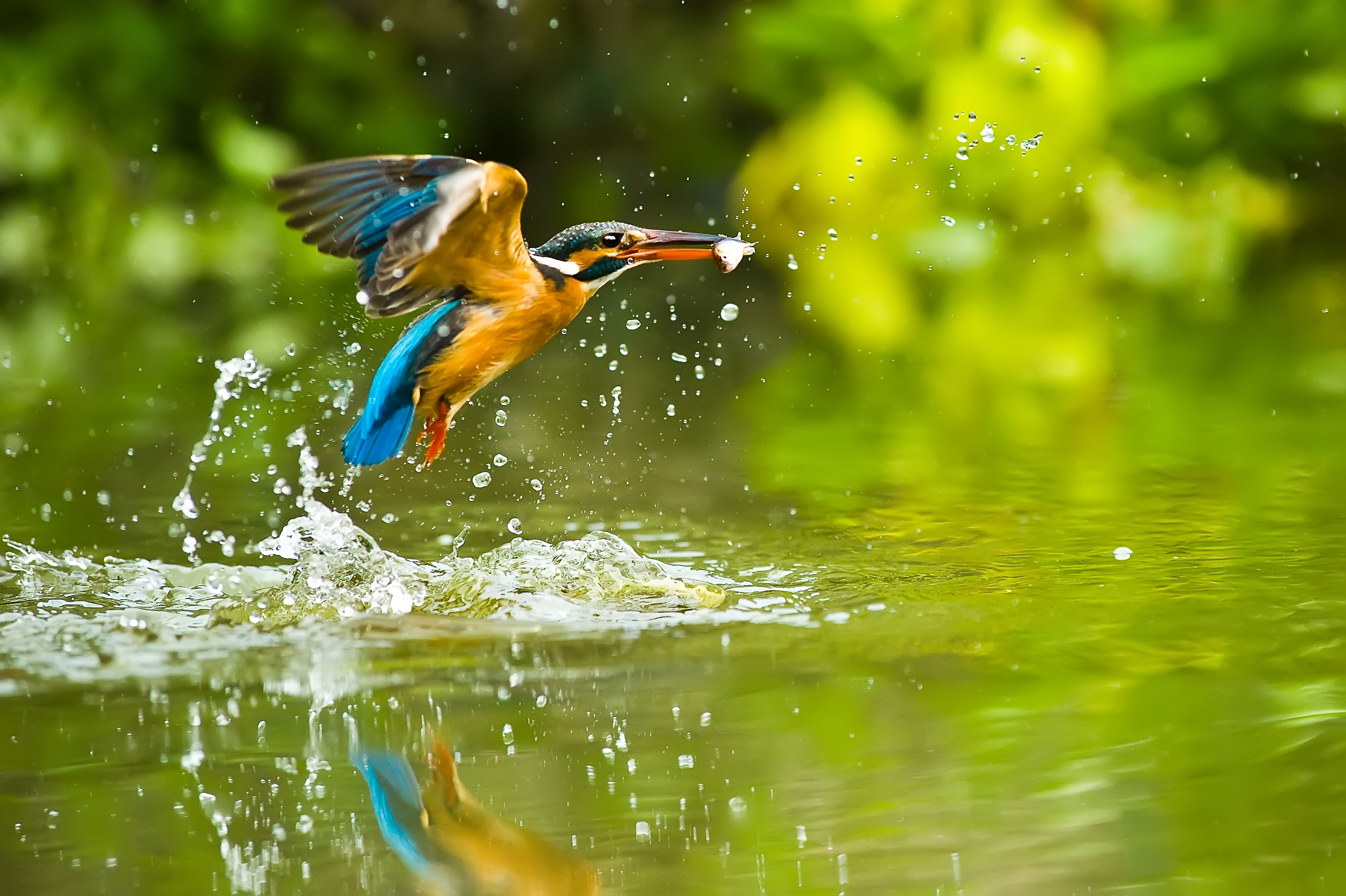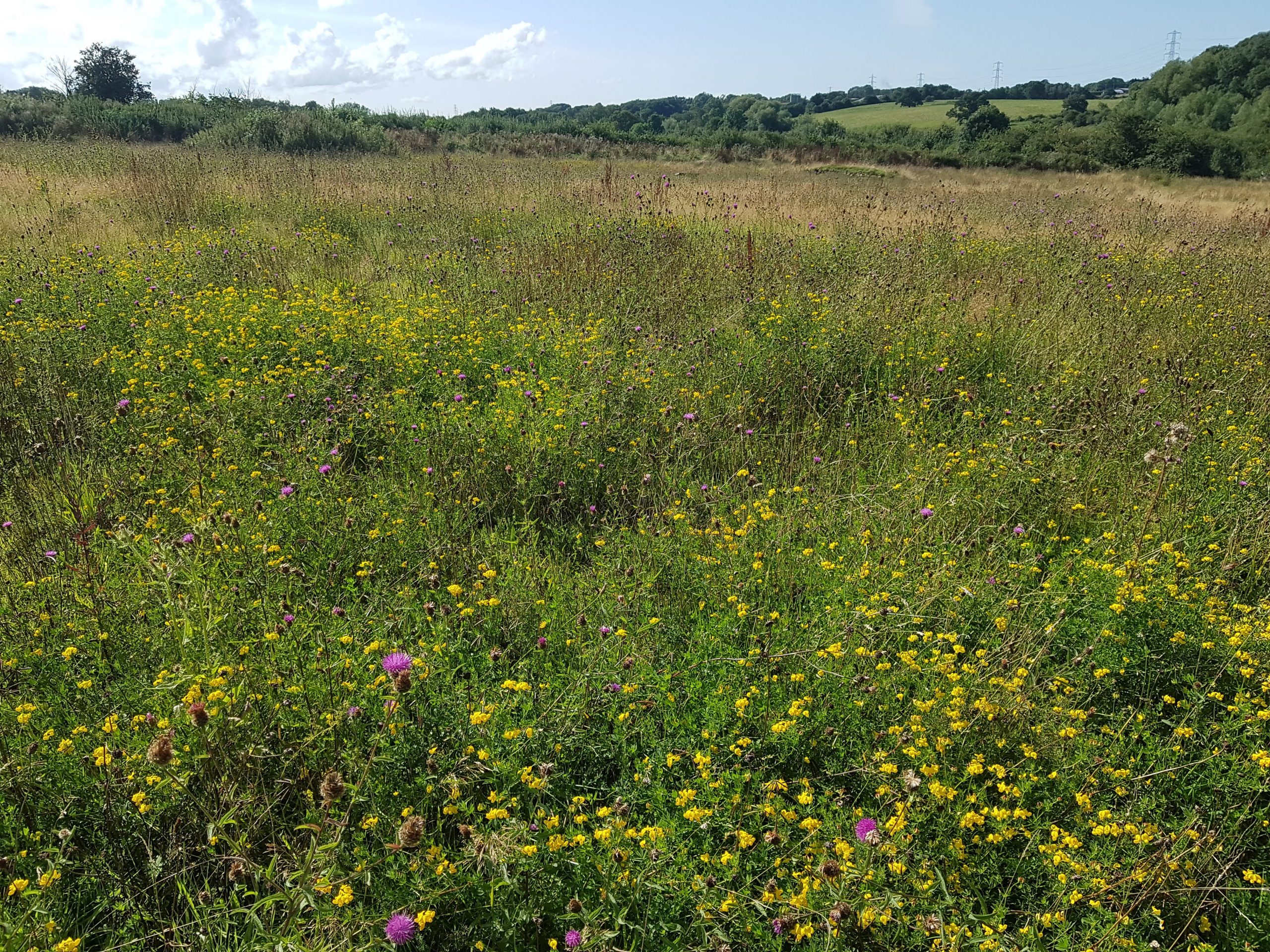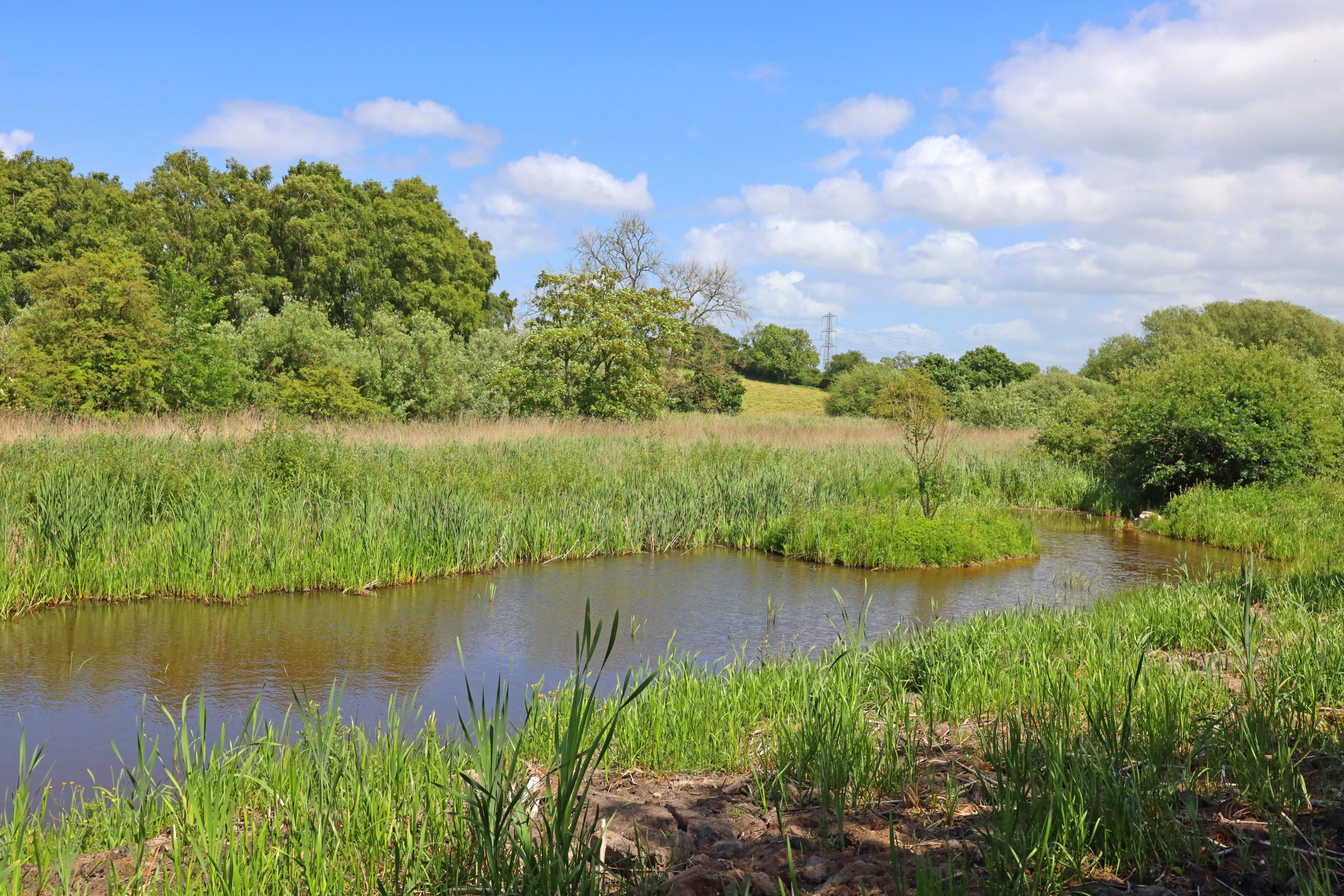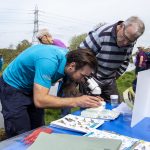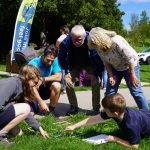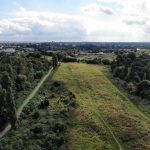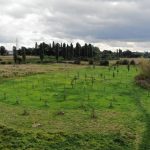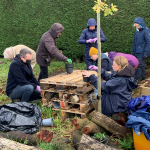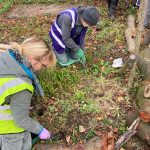Partners and collaborators
A 10-mile stretch that will connect wildlife with wildlife, wildlife with people, and people with people…
This is what the Chester Zoo Nature Recovery Corridor (NRC) aims to be. Here in the UK we live in one of the most nature-depleted nations on Earth, and in our modern world it’s increasingly difficult to maintain our connection to the natural world around us. We’ve got to reach out and reforge those bonds for our own good, as well as that of the wildlife that shares our island.
Here at Chester Zoo we’ve got more than a decade of UK native species focused conservation work under our belt. We created our Nature Reserve to be a refuge of some of Cheshire’s various ecosystems, have transformed our broader estate for wildlife, and support conservation projects across the North West of England and Wales.
Taking this to a new level, in 2021 we were awarded a grant by the Green Recovery Challenge Fund to transform, improve and create habitats across a 10-mile stretch of land connecting Chester and Ellesmere Port. Here’s what that entails.
Habitat Creation, Improvement, Management
In the scope of this project you can break our interventions down into five unique habitats that combined contribute to one broader UK wildlife ecosystem.
Hedgerows
Hedgerows are fantastic features of the UK landscape that provide a mix of shelter, food, and connectivity to the wildlife that use them. You often do not need to travel far to find hedgerows, and they are a familiar sight to most, criss-crossing our farmland, urban areas, and wild spaces alike.
The perfect hedgerow is dynamic, species-rich, and dense, and this requires quite involved management in careful balance. Too much management will leave your hedgerow over-trimmed, gappy, and without “horizontal” growth. Too little management will leave your hedgerow too tall, leggy, and without any undergrowth.
Photo – Hedge-laying in action on the Chester Zoo site. While the process looks brutal, it will lead to a thicker barrier and better habitat.
The art of hedgerow management is a significant element of UK countryside heritage and at Chester Zoo we will provide training for members of the local community to learn from accredited trainers on how to manage the perfect hedgerow. We are also committed to providing for wildlife on the wider Chester Zoo estate and this winter we will be planting up new hedgerows and managing our existing hedgerows.
Video – A water rail taking advantage of hedgerow habitat at Chester Zoo.
Orchards
Even a small orchard brings together habitats associated with woodland and grassland and the species that come with it. Perhaps the holy grail of all traditionally managed orchards is the development of deadwood that certain invertebrates and fungi rely on, whilst also providing nesting opportunities for birds and bats. This process can take decades, and creating and managing a traditionally managed orchard from scratch is a long-term commitment.
At Chester Zoo we have begun this process and have already planted 30 young native apple and pear trees, and will plant at least 30 more Cheshire heritage varieties during phase one. The process itself is also good for biodiversity, with the trees planted providing nectar earlier in the year for invertebrates, and fruit later in the year for birds and mammals, as well as improved management of the surrounding habitat.
Photos – The beginnings of a 30-year orchard journey on the Chester Zoo estate.
Ponds
Ponds make a great addition to most landscapes and are one of the easiest and most effective ways to provide for wildlife. Most ponds go through a process called succession, which roughly translates to “aging”. A young pond tends to be muddy and lower in life, and as it ages new plants and animals colonise it, and eventually, due to the build-up of mud and dead pant matter, the pond will dry up and become overgrown.
In this project we’re building new ponds and managing old ones to make sure they continue to flourish as valuable habitat.
Photo – A kingfisher pictured on the hunt at a Chester Zoo pond.
Meadows/grasslands
Meadows and grasslands provide food for pollinators as well as shelter, but they are also astoundingly beautiful to the human eye. Add to this the high biodiversity value and you have a key habitat for a diverse landscape. More intense farming has come at a cost to our wildflower meadows, but here at Chester we’ve already begun reverting some of our traditional farmland into grassland, such as the prime patch you can visit completely for free at our Nature Reserve. As part of the NRC phase one, we’re increasing the size and quality of our meadows through management.
Photo – Long grasses and wildflowers on the Chester Zoo Nature Reserve Meadow
Reedbeds
Reedbeds are an important feature of many wetland habitats. Not only do they provide shelter and food for birds, mammals, invertebrates and more, but they perform important functions such as filtering pollution from freshwater. Chester Zoo’s reedbed is known to harbour key UK species such as reed bunting, reed warbler and cettis warbler.
Like many of our habitats, reedbed requires consistent management to maintain the balance between open water, reeds, and other vegetation, or we’ll lose the habitat to natural succession. Thousands of years ago the amount of this habitat wouldn’t be necessary, but we’ve changed our landscapes so much in the UK that now we, the stewards of it, must make sure we preserve that diversity.
Photo – Reedbed surrounding a Chester Zoo pond.
Community
Habitat work on the Nature Recovery Corridor extends far beyond Chester Zoo’s borders, and throughout the project thus far our partners have been making huge strides of their own.
While Cheshire West and Chester Council have been restoring 6000 square metres of wildflower-rich grassland habitat across the corridor’s area, the Land Trust have been busy developing a wildflower meadows and more on the Countess of Chester Country Park. Wetland scrapes, reedbeds and grasslands at the Countess are adding the diversity of habitat just as we’re doing at our own site at the zoo. The Friends of the Countess Country Park group is also seeing the community take action as part of this grand collaborative effort.
Waterways beyond ponds are important for the corridor too, and the Canal and River Trust have been busy with the improvement of the local canals, removing invasive species and opening up habitat, with the help of their volunteer groups.
On the Chester greenway, SUSTRANS are busy with a series of community events to embellish habitat there and get locals involved – from the creation of bug hotels through to celebrations of the area in dawn chorus walks and wildlife surveys.
Schools across Chester are also playing their part, improving their green spaces for wildlife in as many different ways as they can, and providing local engagement for parents as well as pupils with the wildlife on our doorstep.
GET INVOLVED
Our Nature Recovery Corridor offers many ways that anyone in the local area can get involved and take UK wildlife conservation into their own hands, and you can find out more about that…

